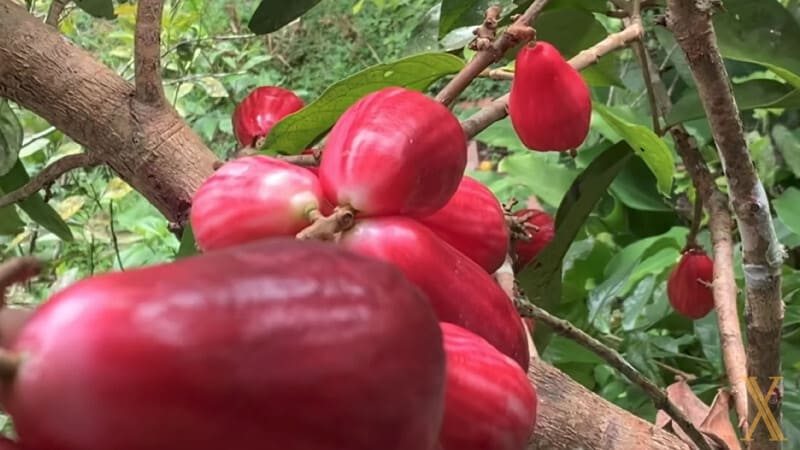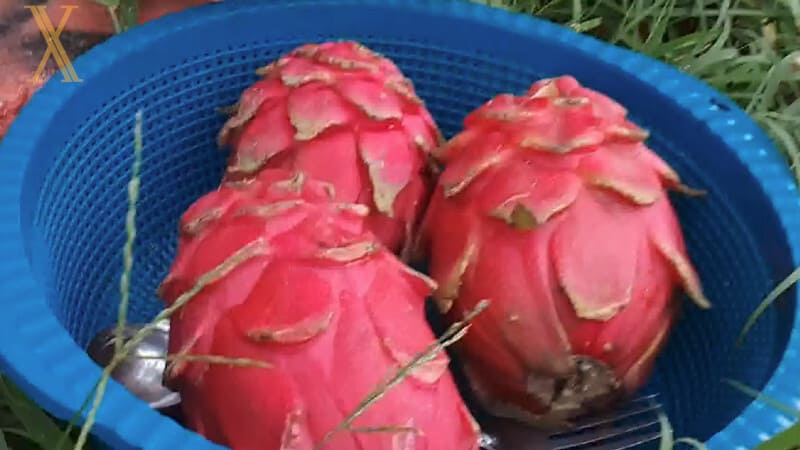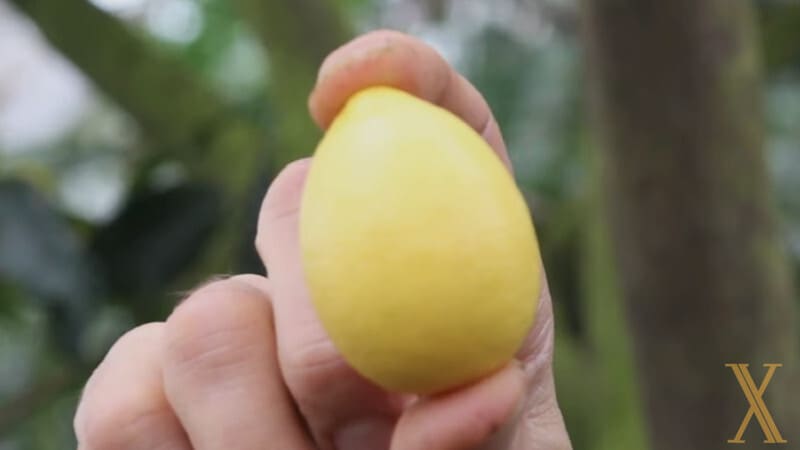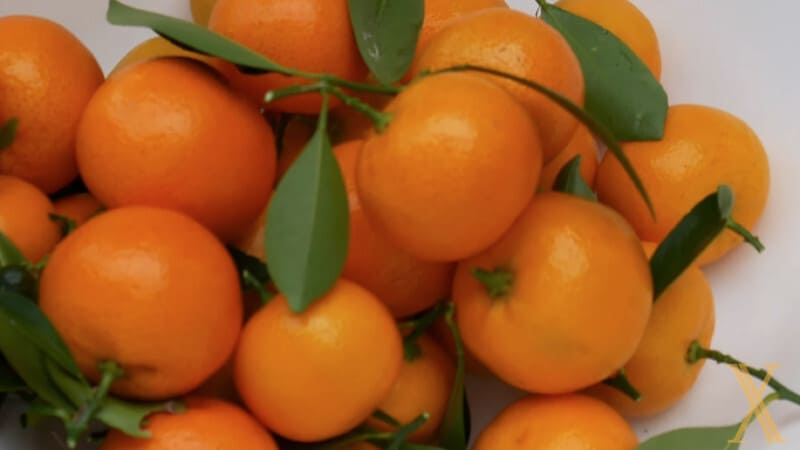
It is an arboreal tree scientifically known as Syzygium Jambos from the Myrtaceae family. Still, colloquially it has varieties of names such as pomalaca, pomo, and Malay apple, and in some Latin American countries, it is known as pomagas or pomarrosa.
This extraordinary fruit of various names originally comes from the Asian continent. In fact, the rumors say it comes from countries such as China, Thailand, and Malaysia.
Origin and current cultivation
This plant has been cultivated almost all over the world, but, as we had already mentioned, it is native to Southeast Asia, more specifically, in the Malay Archipelago, in countries such as Malaysia, Indonesia, and the Sunda Islands.
The rose apple was introduced as an ornamental fruit, but today it is commercialized and grown in different countries worldwide.
Starting the tour in India, Jamaica, and the Pacific Islands, widely distributed in the Antilles, some North American states such as Florida and California, descending through Mexico, Central America, and the Caribbean Islands to fill in its entirety to Latin countries such as Venezuela, Colombia, Peru, Ecuador, and Brazil.
The mystery of how this excellent plant got so quickly and so far, believing it is natural and native in Latin American lands, is that English colonizers brought it around the seventeenth century.
One of the reasons why it did spread this much is the low growing requirements. The perfect context to grow it is in moist, fertile soils, which is pretty standard. However, it is not so demanding in terms of climate since it is resistant to cold or intense heat.
Physical characteristics
This fruit has significant advantages when cultivated since its seed is polyembryonic (a phenomenon by which more than one embryo is formed in the seed) and produces one to three shoots. Also, Its tree is classified as one of the smallest since it goes from 10m to 16m in height.
Its trunk is thin and tends to have a smooth bark of light brown and grayish color. It has large branches, although they are not so strong. Its leaves are lanceolate, with a length of 10cm to 22cm and wide between 3cm to 7 cm.
Their coloration when they are in their stage of maturity is dark green with a bright touch, and when it has not yet entered their maturity process and they are in their youth stage, they have a color between pink and fuchsia.
Its flowers are 5 to 10cm wide, consisting of four petals, radiating a white color with certain shades ranging from light green to yellow. The fruit of this living being is oval, with slight curves that make it similar to a bell. It is 4 to 5cm long, and its width varies between 5 to 7cm.
The skin of this fruit is extremely thin and smooth, ranging from a whitish or pale yellow color and varies to a pink with crimson red tones. It is very similar to the color of wine, while the color of its pulp is as white as snow.
Taste
The texture of the pulp is soft and strangely balanced between dry and juicy. Its flavor is delicate, similar to that of an apple. Its aroma is like the aroma of roses until it reaches the point where it ripens, and it is almost impossible to detect the fragrance. Then, however, while the smell decreases, the taste of this spectacular fruit increases.
It is so pleasant to the palate that you can eat a dozen without realizing it.
Nutritional information
The rose apple is undoubtedly one of the most exotic fruits out there and is rich in vitamins and nutrients that benefit our bodies.
Check the nutritional table for every 100g of rose apple.
| Carbohydrates | 1.42 g |
| Calories | 56 |
| Sulfur | 13 mg |
| Chlorine | 4 mg |
| Humidity | 91.6 g |
| Proteins | 0.7 g |
| Calcium | 5.9 mg |
| Fats | 0.2 g |
| Phosphorus | 17.9 mg |
| Magnesium | 4 mg |
| Ash | 0.39 g |
| Iron | 0.82 mg |
| Fiber | 0.8 g |
| Sodium | 34.1 mg |
| Potassium | 50 mg |
| Copper | 0.01 mg |
| Carotene | 123-235 I.U. |
| Thiamine | 39 mg |
| Riboflavin | 0.05 mg |
| Niacin | 0.40 mg |
| Ascorbic acid | 17.0 mg |
Properties and benefits
For a long time, people ignored this exotic fruit, but we did not know that its benefits and properties are unlimited, whether we eat it, drink it or give it a physical and flattering use for our skin.
It benefits the environment in our parks and forests and helps us take care of our bodies, as it has medicinal and healing properties.
Its leaves are rich in phloroglucinol, gallic acid, betulinic acid, and ursolic acid, also in anthocyanins and flavonoids, which causes them to be anti-inflammatory and antioxidant.
On the other hand, its fruit has antibacterial and analgesic properties. In addition, it is full of components that help us deal with and defeat harmful bacteria and infections on the skin, such as acne and dermatitis.
Nothing benefits us more than a fruit or food that raises our defenses and strengthens our immune system, thanks to the high content of vitamin C, which creates a protective barrier to defend our bodies from threats such as viruses and bacteria.
The rose apple contains vitamin B3, which allows our body’s skin, nerves, and digestive system to stay healthy. [1]
It also has diuretic properties.
Uses
Asian countries and India take this fruit and its context for healing and medicinal purposes. In other countries, especially Latin America, its purpose is only edible, through homemade sweets and creoles, or directly from the fruit. The truth is that, just as its benefits are unlimited, so is its use.
Pulp
One of the best ways to eat and taste the pulp is through homemade jams, syrups, and some creamy desserts.
Also, a glass of rose apple juice can be super beneficial and refreshing.
Shell
The peel itself is not useful since it is not so delightful to the palate. However, in 1849 people used it to distill water, which they called rose water due to its pink and red coloration.
Leaves
Its leaves, as we had already mentioned before, have anti-inflammatory and antioxidant properties.
Add the leaves to a little boiling water and let them cook until the water grabs a color similar to the leaf. Then add a little sugar to your liking, and there you have a highly effective tea that reduces inflammation and attacks colds. In the same way, you can also use it as a scrub for your facial cleansing routines before sleeping, which will help you attack acne problems.
Bark
The bark of the rose apple tree is also medicinal since it has been used to treat bronchitis. It also relieves and decreases respiratory problems, including asthma, since it contains tannin.
[1] https://www.researchgate.net/profile/Satish-S/publication/353175146_ROSE_APPLE_FRUIT_A_PHARMACOLOGICAL_REVIEW/links/60ebe5ed1c28af345861d489/ROSE-APPLE-FRUIT-A-PHARMACOLOGICAL-REVIEW.pdf





